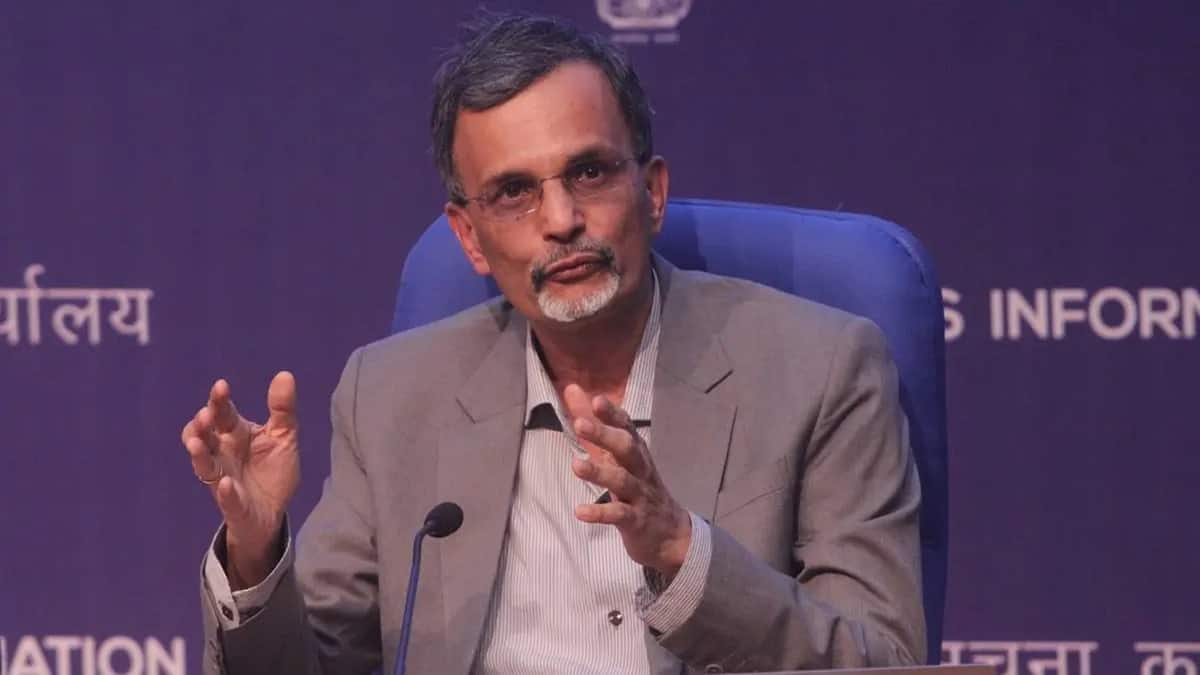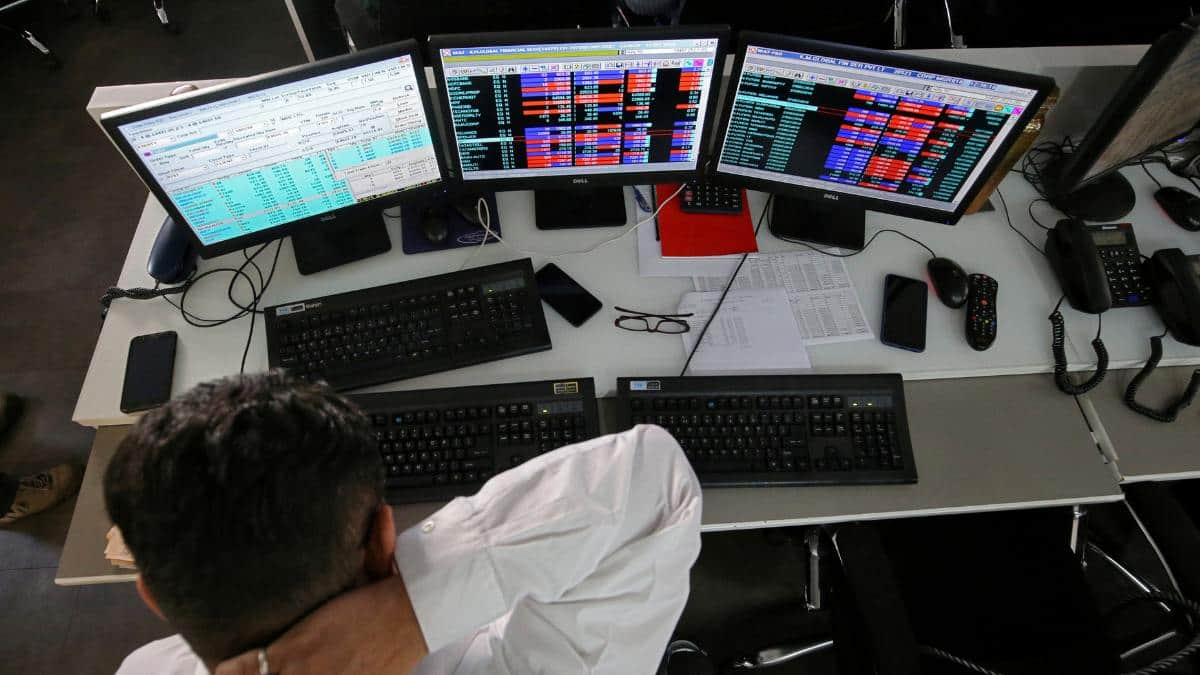Rating snafus

Chief economic adviser V Anantha Nageswaran and his team are right in calling out the high degree of opaqueness in credit rating methodologies. In a document titled Re-examining Narratives: A Collection of Essays, published by his office, Nageswaran makes the point that the lack of transparency in the assessment methods of the agencies makes it challenging to quantify the impact of qualitative factors on credit ratings. According to the CEA, over half the credit ratings are determined by the qualitative component. He contends that the “Institutional Quality”, proxied mostly by the World Bank’s Worldwide Governance Indicators (WGIs), emerges as the foremost determinant of a developing economy’s credit rating. That, in his opinion, poses a problem since these metrics tend to be non-transparent, perception-based, and derived from a small group of experts.
In his view they cannot represent the sovereign’s willingness to pay. Indeed, if one was to assess India’s financial strength and stability on financial parameters, it is hard to understand how we do not deserve better than the Baa3—the lowest possible investment grade—with a stable outlook given by Moody’s. This rating was given post the outbreak of the pandemic, in early June 2020, though at the time it had retained the negative outlook. Moody’s had observed then that the effectiveness of the reforms had been weak, casting a shadow on the effectiveness of the raft of measures rolled out at the time. But given how smartly the economy has turned around since then, India should have got an upgrade. However, in August this year, Moody’s left the Baa3 grade untouched while maintaining the stable outlook. It said, it “would likely” consider an upgrade if the progress on India’s fiscal consolidation led to a material decline in the government’s debt burden, among other factors. While India’s fiscal deficit may not have been contained at targeted levels, there seems little danger of it spiralling out of control.
As for IMF’s assessment, the country’s debt levels could cross 100% of GDP by FY28 in a worst-case scenario. As the finance ministry has pointed out, there are countries which are a lot more indebted—and for whom the worst-case scenarios—are a lot worse. For the US, the UK and China, the debt levels are pegged at 160%, 140% and 200%, respectively. India’s general government debt—of both the Centre and the States—has declined “steeply” from about 88% in 2020-21 to about 81% in 2022-23, according to finance ministry data. Again, with foreign investments in the bond markets expected to go up next, the government’s borrowings are expected to come down. There is certainly a case for ratings agencies to give more weight to India’s financial parameters, including forex reserves and balance of payments.



Leave a Comment